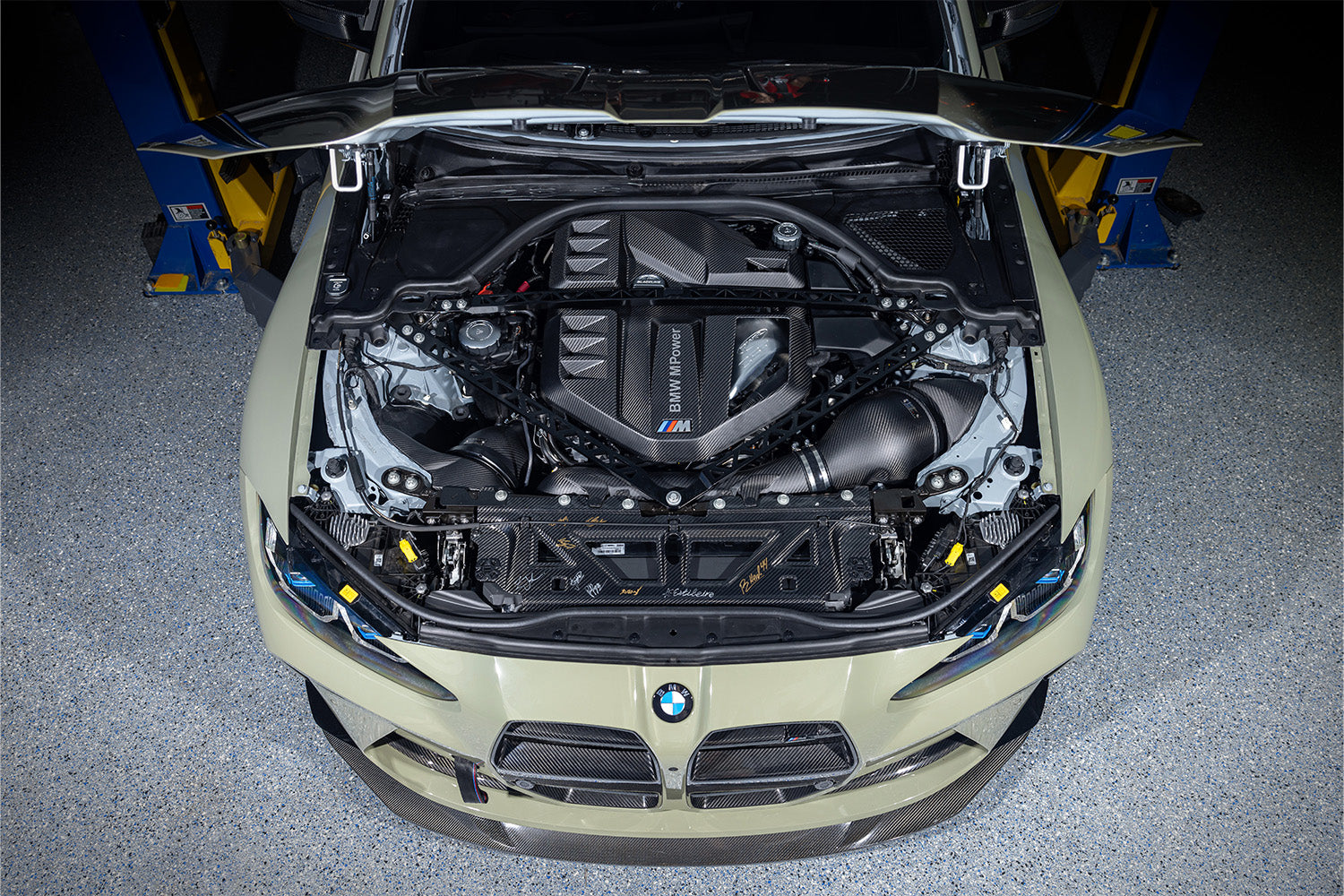The Advancement of the BMW Engine: A Look Back at Iconic Models
Wiki Article
Revealing the Intricacies of Next-Generation Power Units: a Deep Dive Into Advanced Engine Advancements and styles
As we stand on the precipice of a new period in transportation, the details of next-generation engine designs bid us to explore the sophisticated technologies and technologies that guarantee to redefine the driving experience. Diving deeper right into the worlds of discharge control, smart engine management systems, and the perspective of power device advancement, we locate ourselves on the cusp of a transformation that guarantees to improve the landscape of wheelchair as we recognize it.Evolution of Engine Materials

The change in the direction of progressed engine products has also allowed designers to design engines with greater power results while maintaining gas effectiveness criteria. For instance, using light-weight products reduces the overall weight of the engine, leading to improved fuel economic climate and lower discharges. Additionally, improvements in products innovation have permitted far better thermal management within engines, resulting in increased reliability and long life.
Turbocharging and Supercharging Technologies
Just How do Turbocharging and Supercharging Technologies reinvent engine performance and performance in contemporary vehicles? Turbo charging and turbocharging are innovations that significantly boost engine performance by raising the quantity of air intake right into the combustion chamber. Turbocharging attains this by using a turbine driven by exhaust gases to pressurize the consumption air, while supercharging utilizes a belt- or chain-driven compressor to achieve the exact same result.
These innovations enable smaller sized, more fuel-efficient engines to create power equivalent to bigger ones, referred to as downsizing. By requiring even more air into the cyndrical tubes, turbo charging and turbocharging improve combustion performance, leading to raised horsepower and torque outcome without a substantial boost in engine dimension. This leads to much better velocity, hauling ability, and overall driving efficiency.
Moreover, turbo charging and turbocharging contribute to boosted fuel effectiveness by permitting the use of smaller sized engines that eat less fuel under regular driving problems - bmw engine. This mix of enhanced performance and effectiveness has actually made turbocharging and supercharging essential elements of several modern engine designs
Discharge Control and Environmental Influence
With increasing global worries regarding air high quality and ecological sustainability, the execution of exhaust control technologies in cars plays an essential duty in lowering dangerous toxins launched into the atmosphere. Modern automobiles are outfitted with innovative emission control systems that help decrease the environmental impact of vehicle operations. Catalytic converters, as an example, are created to transform toxic gases such as carbon monoxide, nitrogen oxides, and hydrocarbons into less damaging compounds like carbon dioxide and water vapor.Additionally, developments in engine innovation, such as the combination of exhaust gas recirculation systems and selective catalytic reduction, have actually dramatically added to reducing discharges. These innovations work in tandem to maximize burning effectiveness and reduce the release of harmful pollutants right into the air. Furthermore, the development of crossbreed and electrical automobiles represents a crucial action in the direction of decreasing the overall ecological footprint of the transport market.
Intelligent Engine Administration Systems

In addition, these systems make it possible for automobiles to meet strict emissions requirements without compromising efficiency, providing a much more eco-friendly driving experience. The integration of expert system and equipment knowing capacities in engine management systems remains to push the limits of what is feasible, resulting in more improvements in effectiveness, reliability, and total vehicle efficiency. bmw engine. As auto technology breakthroughs, intelligent engine administration systems will certainly play a crucial function fit the future learn the facts here now of transport towards a much more efficient and sustainable direction
Future Trends in Power Device Growth
As smart engine monitoring systems lead the means for boosted control and optimization in contemporary automobiles, future patterns in power system advancement are poised to redefine the landscape of automotive propulsion technologies. These different power resources use enhanced effectiveness and performance while aligning with rigorous ecological guidelines.Another substantial pattern is the combination of sophisticated materials and making strategies. Light-weight products such as carbon fiber why not try these out and light weight aluminum are being made use of to reduce overall car weight, boosting gas efficiency and performance. Additionally, developments in 3D printing and additive manufacturing are enabling the manufacturing of complex engine elements with higher precision and durability.
In addition, man-made intelligence and artificial intelligence are playing an important role in enhancing power unit efficiency. These technologies permit real-time tracking and flexible control, resulting in extra trusted and effective power distribution. In general, future fads in power unit advancement are geared towards performance, sustainability, and effectiveness, driving the vehicle sector towards a new period of propulsion technologies.

Final Thought
In conclusion, the innovations in engine products, turbocharging, exhaust control, and smart monitoring systems have paved the way for next-generation power units. The elaborate designs and innovations in contemporary engines display the continuous development of automotive modern technology.Discovering the progressive advancements in engine try this materials has been critical in improving the efficiency and effectiveness of modern-day engines. Over the years, the advancement of engine products has actually played a critical duty in pressing the borders of what engines can attain.The change in the direction of progressed engine products has likewise allowed engineers to develop engines with higher power outputs while maintaining gas performance criteria.The application of intelligent engine administration systems in modern vehicles has changed the means engines are managed and enhanced for performance and efficiency. By accumulating information in real-time and examining it with sophisticated algorithms, smart engine administration systems can adapt to driving styles, ecological aspects, and engine health and wellness to optimize power outcome while minimizing fuel intake and discharges.
Report this wiki page